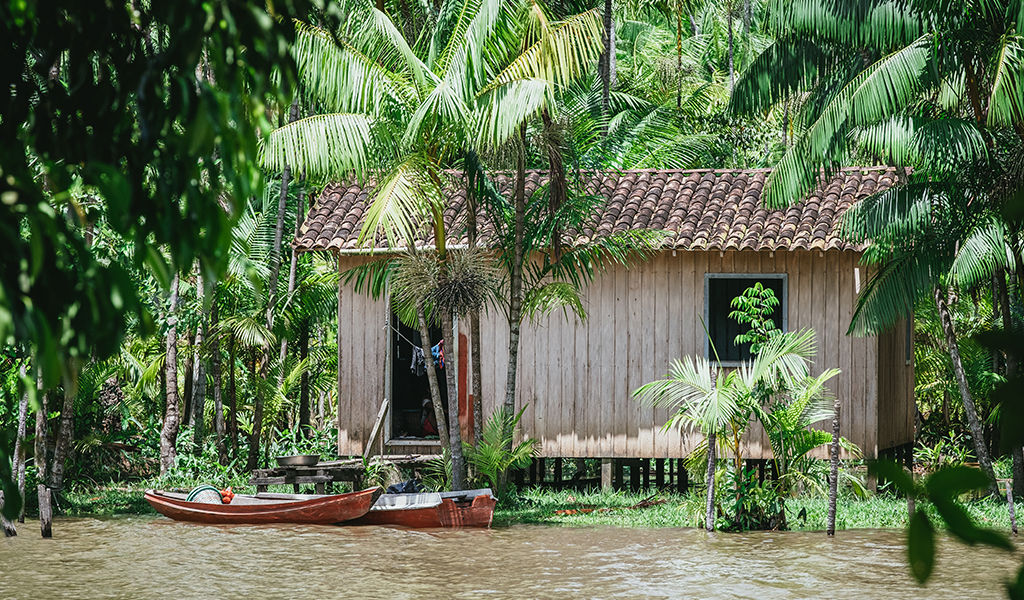
As I’ve grown up, I’ve always been captivated by how spaces are built, and how these structures adapt to meet people’s needs. Architecture, after all, is about more than just aesthetics—it’s about creating environments that evolve and endure. Recently, I came across an article that changed the way I think about design and sustainability. It told the heartbreaking story of families in Assam who are displaced every monsoon due to the relentless flooding. It struck me deeply—what happens when the very thing that keeps you safe, your home, becomes unsafe? Where do people go when water keeps rising each year?
This question lingered with me for days, and that’s when the idea for The Floating Home Project was born. It’s my attempt to address one of the most pressing challenges we face: how can architecture evolve in response to climate change? In particular, how can we design homes for flood-prone areas in India that are resilient, adaptable, and sustainable? The concept is simple but revolutionary: a house that can float when floodwaters rise, and settle back onto solid ground when the waters recede.
The floating home would be modular, built on sustainable foundations that rise with the water, providing safety and stability in even the harshest conditions. This isn’t just about protecting physical belongings—it’s about protecting lives, preserving dignity, and providing people with a sense of security, even as the environment around them changes. It’s not just a conceptual dream; it’s a practical solution to a problem affecting millions of people across India.
As a student, I’m still learning about the technicalities of architecture, engineering, and sustainable design. But what I do know is that solutions to the world’s most pressing problems don’t wait for years of experience. I’ve been spending every free moment sketching designs, experimenting with prototypes, and studying floating foundations. There’s a lot of trial and error involved, but with every mistake, I learn something new. One thing I’ve been particularly focused on is how to use eco-friendly, locally sourced materials in the construction process. I believe that these homes should not only be functional and resilient, but also kind to the planet.
Though I’m still in the early stages of developing The Floating Home Project, I’ve already begun working on my first prototype. I’ve been in touch with experts in sustainable architecture, engineers, and environmentalists to refine the design and ensure it’s feasible. My vision is to create homes that are not just floating structures but beacons of hope for people who feel helpless in the face of nature’s fury.
What excites me the most is that this project is more than just a school assignment or personal passion—it’s an opportunity to make a real-world difference. The idea of creating something that could solve an urgent problem for communities living in flood-prone areas is incredibly motivating. And while I may be young, I believe that ideas don’t wait for age. If we truly want to make the world a better place, we have to start imagining and creating solutions right now.
In the coming months, I plan to share more details about the project, including the first working prototype and the journey behind its creation. I hope this journey will inspire others to think creatively, think sustainably, and work toward building a more resilient future for all. Together, we can float above the challenges that climate change throws our way.
Thank you for being part of this journey.
Let’s float above the challenges, together.
